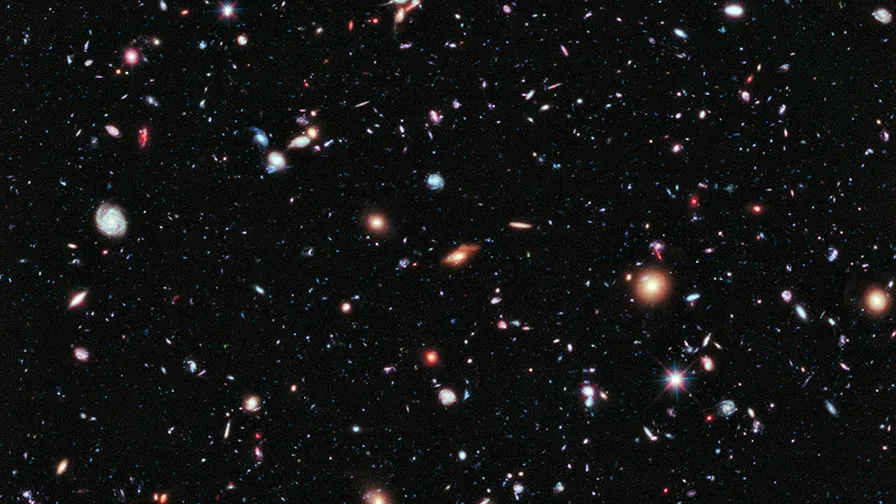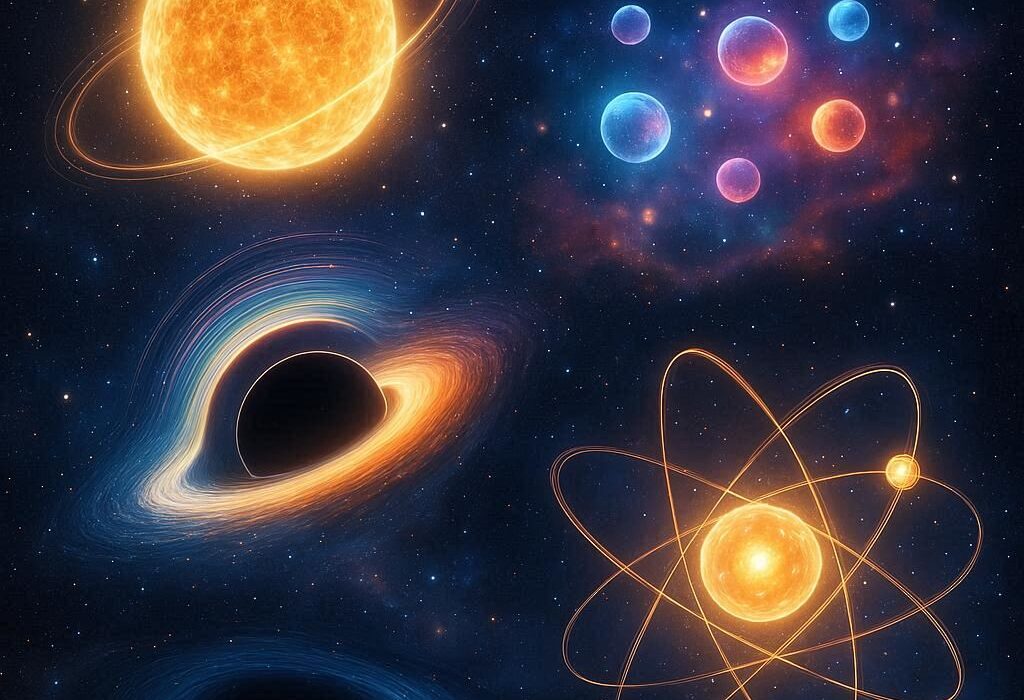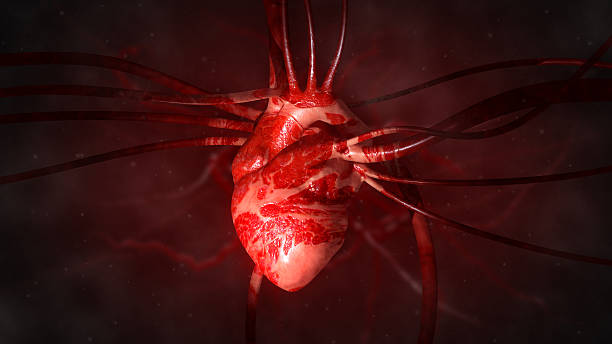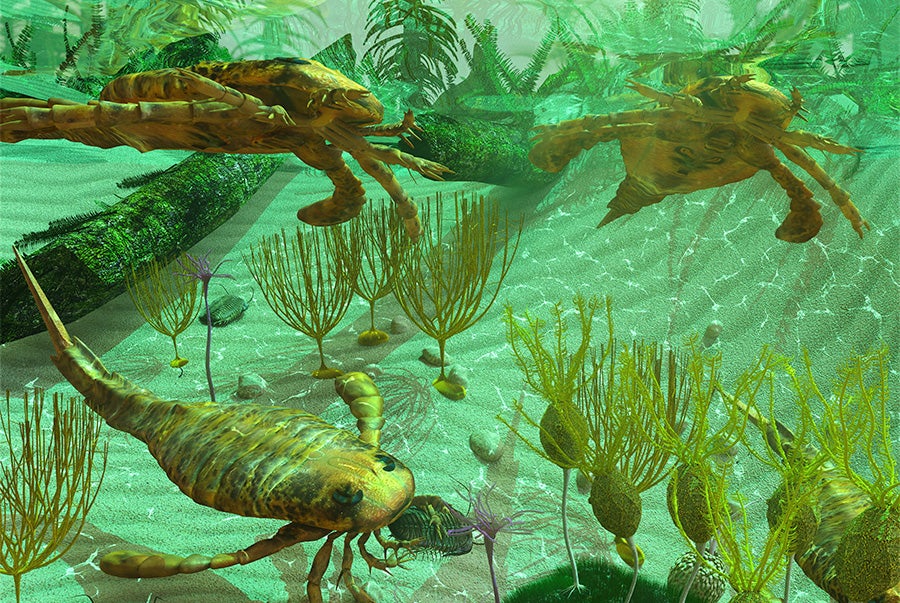Chemistry is often called the “central science” because it connects physics, biology, geology, and even astronomy. At its core, chemistry is about matter—what it’s made of, how it changes, and why it behaves the way it does. But beyond the textbook definitions and equations, chemistry is also filled with wonder, surprises, and mysteries that reveal just how extraordinary the universe really is.
From the bizarre behavior of water to the chemistry behind the stars, the following twenty facts will take you on a journey into the astonishing world of atoms and molecules. Each one is a reminder that chemistry is not just a subject—it is the story of everything around us, including ourselves.
1. You Are Made of Stardust
Every atom of carbon in your body, every oxygen atom you breathe, every calcium atom in your bones—all of them were forged in the hearts of stars. When massive stars reach the end of their life cycle, they explode in a supernova, scattering their enriched elements across the cosmos. Over billions of years, these elements coalesced into new stars, planets, and eventually, life itself. In other words, you are literally made of stardust.
2. Water Is the Only Substance That Expands When It Freezes
Most substances contract when they solidify, but water is the great exception. Thanks to hydrogen bonding, ice forms a crystalline structure that takes up more space than liquid water, which is why ice floats. Without this strange property, lakes and oceans would freeze from the bottom up, making life on Earth impossible.
3. A Single Drop of Water Contains More Molecules Than the Milky Way Has Stars
The Milky Way contains about 200 to 400 billion stars. But in a single drop of water, there are around 1.67 sextillion molecules (that’s 1,670,000,000,000,000,000,000). Chemistry often deals with unimaginably huge numbers, and this fact shows just how small and numerous molecules really are.
4. Diamonds and Graphite Are Made of the Same Element
Diamonds, the hardest natural material, and graphite, the soft, slippery substance in pencils, are both made entirely of carbon. The difference lies in how the carbon atoms are arranged. In diamonds, each carbon atom is bonded to four others in a 3D structure, giving them their incredible strength. In graphite, atoms form flat sheets that easily slide past one another. Same element, wildly different properties—this is the magic of allotropes.
5. Helium Can Defy Gravity
Helium is famous for making balloons float, but at temperatures close to absolute zero, liquid helium exhibits bizarre behavior. It becomes a superfluid, capable of flowing without friction. In this state, helium can actually creep up the walls of containers and escape. This strange behavior still puzzles scientists and highlights how exotic matter can become under extreme conditions.
6. The Air We Breathe Is Mostly Nitrogen, Not Oxygen
We often think of Earth’s atmosphere as being full of oxygen because it’s essential for life. But in reality, oxygen makes up only about 21% of the air. The majority—around 78%—is nitrogen, a relatively inert gas. The rest is a mixture of argon, carbon dioxide, and trace gases. Without nitrogen’s stability, the atmosphere would be far more chemically reactive and potentially dangerous.
7. Bananas Are Naturally Radioactive
Bananas contain potassium, and a small fraction of potassium is the radioactive isotope potassium-40. Eating a banana exposes you to a tiny dose of radiation—though it’s harmless compared to background radiation you receive every day. In fact, radiation doses are sometimes humorously measured in “banana equivalent doses.”
8. Glass Is Neither a Liquid nor a Solid
For centuries, people thought old window glass was thicker at the bottom because it slowly “flowed” like a liquid. Modern science shows that’s not true—glass is actually an amorphous solid, meaning its atoms are arranged randomly, like a liquid, but it behaves like a solid. It’s in a weird state of matter all its own.
9. Your Body Contains Enough Carbon to Make 900 Pencils
The human body is about 18% carbon by mass. If you extracted all the carbon from an average adult, you’d have enough graphite to make roughly 900 pencils. That’s just one way to visualize how the building blocks of matter are not abstract—they’re literally part of who we are.
10. The World’s Deadliest Element Is Polonium
Discovered by Marie Curie, polonium is one of the most toxic substances known to humanity. A few milligrams can be lethal. It emits intense alpha radiation that damages cells at the molecular level. Famously, it was used in the assassination of former Russian spy Alexander Litvinenko in 2006. Despite its danger, it also demonstrates how powerful—and destructive—atomic chemistry can be.
11. Fire Isn’t a Thing, It’s a Process
We often imagine fire as a “substance,” but in reality, it’s a chemical reaction. Fire is the visible effect of combustion, where oxygen reacts with fuel to release heat, light, and gases. The flickering flame you see is plasma, a state of matter created by excited particles. So when you watch a candle burn, you’re witnessing chemistry in action.
12. Pure Gold Is Soft Enough to Be Shaped by Hand
Gold is considered the most malleable of all metals. A single gram can be hammered into a sheet one square meter in size, and a single ounce can be stretched into a wire 50 miles long. Pure gold is actually so soft that you could dent it with your fingernail. That’s why most gold jewelry is mixed with other metals for durability.
13. Your Stomach Produces Acid Strong Enough to Dissolve Metal
The hydrochloric acid in your stomach is so strong it could dissolve materials like zinc or iron. Fortunately, the lining of your stomach protects you with a thick layer of mucus, renewing itself constantly to withstand this corrosive environment. Without this protection, your own digestive system could literally eat itself.
14. Chocolate Contains a Compound That’s Poisonous to Dogs
Chocolate is delicious to humans, but it contains theobromine, a stimulant similar to caffeine. While we metabolize it fairly quickly, dogs process it much more slowly, making it toxic to them in large amounts. This is why veterinarians warn against giving chocolate to pets.
15. The Smell of Rain Has a Chemical Name
That fresh, earthy scent after rain is caused by geosmin, a chemical released by soil-dwelling bacteria. Geosmin is incredibly potent—humans can detect it at concentrations as low as 5 parts per trillion. Our evolutionary sensitivity to this smell may have helped early humans find water sources.
16. Mercury Is the Only Metal That’s Liquid at Room Temperature
Mercury, also known as quicksilver, flows like water even though it’s a metal. Its unusual behavior is due to relativistic effects that alter the way its electrons orbit. Interestingly, other metals like gallium and cesium melt just above room temperature, but mercury is the only one that stays liquid in everyday conditions.
17. Ants Use Acid as a Weapon
Many species of ants produce formic acid, which they spray or inject to defend themselves or attack prey. In fact, the name “formic” comes from the Latin word formica, meaning ant. Formic acid is also used in industry today, particularly in textiles and leather processing.
18. Hydrogen Is the Most Abundant Element in the Universe
Hydrogen makes up about 75% of the visible universe’s elemental mass. It fuels the stars through nuclear fusion, powering the light and heat we see from the sun. Without hydrogen, the cosmos as we know it would not exist—no stars, no water, no life.
19. The Periodic Table Still Isn’t Finished
The periodic table might seem complete, but scientists are still adding to it. New synthetic elements have been created in laboratories, such as oganesson (element 118). These elements are often unstable, existing for only fractions of a second before decaying. The pursuit of new elements continues, expanding the boundaries of chemistry.
20. Chemistry Explains Why Leaves Change Color in Autumn
The brilliant reds, oranges, and yellows of fall foliage are pure chemistry in action. During summer, chlorophyll gives leaves their green color by capturing sunlight for photosynthesis. In autumn, as days shorten and temperatures drop, chlorophyll breaks down, revealing pigments like carotenoids (yellow and orange) and anthocyanins (red and purple). The beauty of autumn is a chemical farewell before winter’s stillness.
Conclusion
Chemistry isn’t just about beakers and equations—it’s the hidden language of the universe. These 20 facts only scratch the surface of the wonders it holds. From the atoms in our bodies to the stars in the sky, chemistry explains not only what the world is made of but also how it constantly transforms.
The more we uncover, the more we realize that chemistry isn’t dull or dry—it’s alive, dazzling, and endlessly surprising. Every breath you take, every flame you light, every bite of food you eat—it’s all chemistry. And that, perhaps, is the most mind-blowing fact of all.






